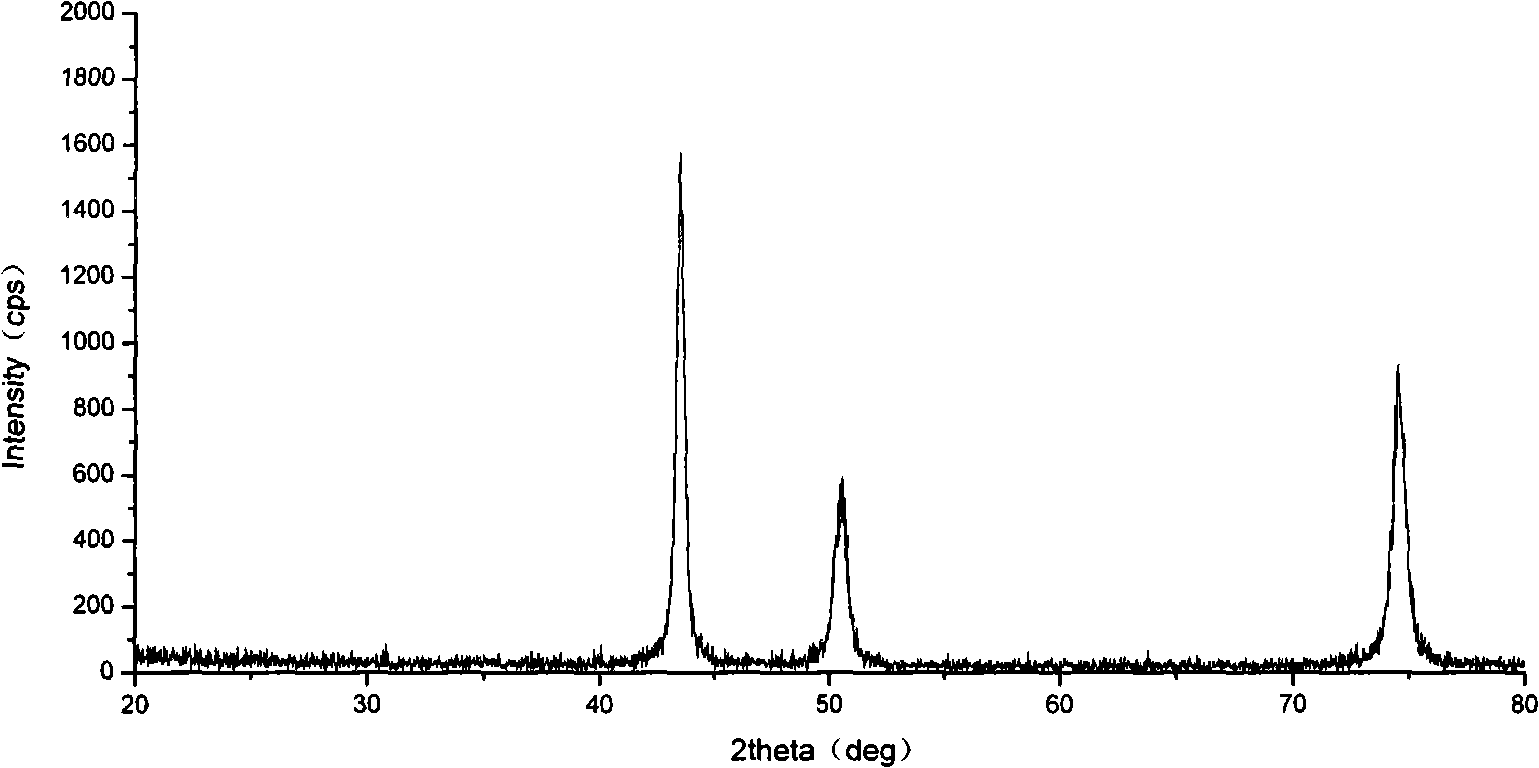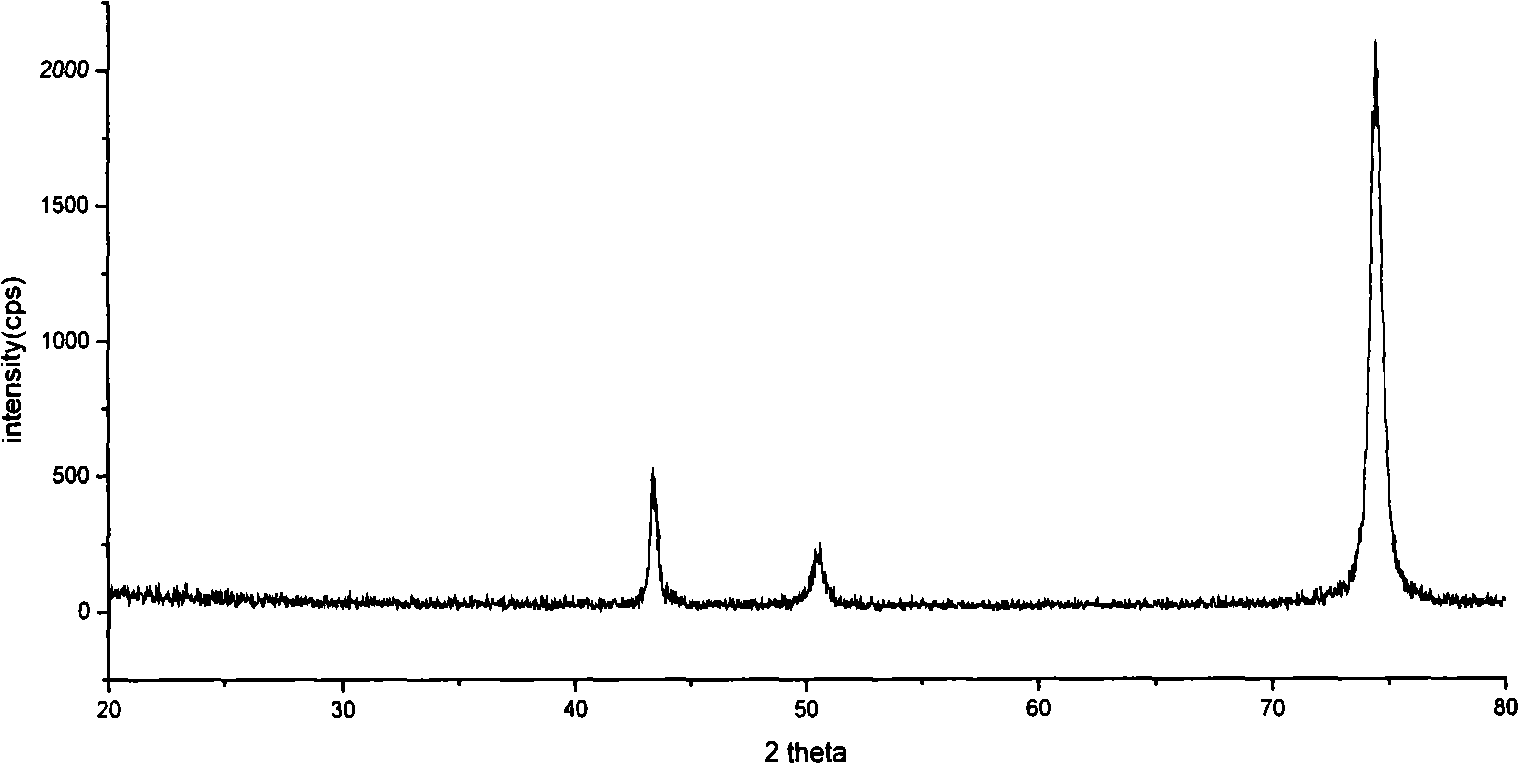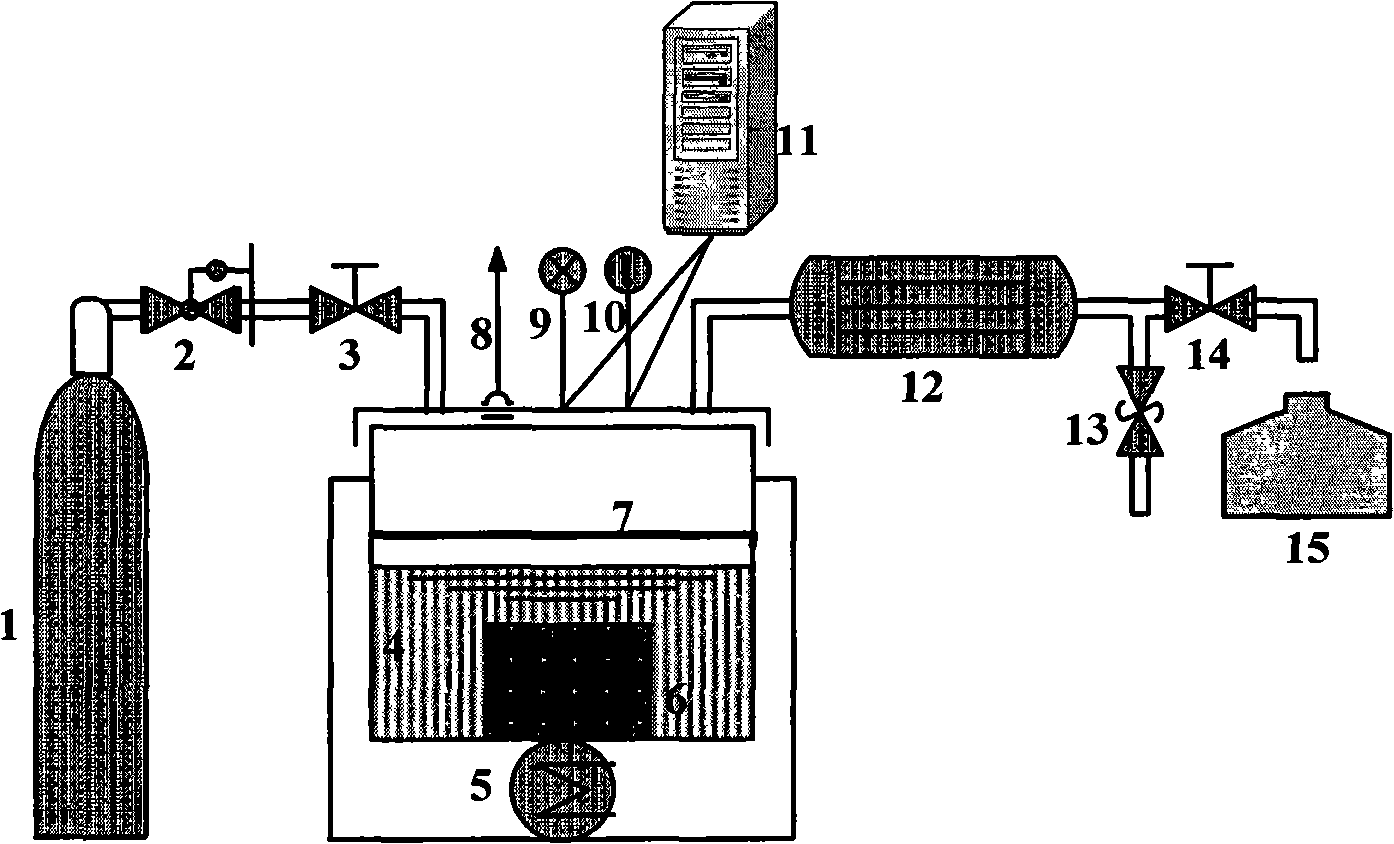Method for restraining thermal oxidation coking and deposition of aviation fuel RP-3
A RP-3, aviation fuel technology, applied in heat exchange equipment, lighting and heating equipment, damage protection, etc., can solve problems such as sticking fuel control valves, polluting fuel nozzles and heat exchangers, failure of flight systems, etc.
- Summary
- Abstract
- Description
- Claims
- Application Information
AI Technical Summary
Problems solved by technology
Method used
Image
Examples
Embodiment Construction
[0022] In order to realize the object of the present invention, the following technical scheme is adopted: the metal surface is pretreated by pickling, passivation and electrolytic polishing.
[0023] The pretreatment methods used include pickling, passivation and electropolishing of the metal surface. Chemical degreasing is used for degreasing: sodium hydroxide 60-80g / L, sodium phosphate 20-40g / L, sodium carbonate 20-40g / L, sodium silicate 3-10g / L. The total alkalinity is 65-100g / L, the temperature is 70-90°C, and the time is until the oil is removed. Or use electrochemical degreasing: sodium hydroxide 30-50g / L, sodium phosphate 20-30g / L, sodium carbonate 20-30g / L, water glass 3-5g / L. Total alkalinity 40~60g / L, temperature 60~80℃, current density 3~10A / dm 2 , Time: cathode 3 ~ 5min, anode 1 ~ 5min, electrode material steel or nickel-plated steel. The standard for clean degreasing is: wash with water after degreasing, and the water film will not crack for 30 seconds. Pickl...
PUM
 Login to View More
Login to View More Abstract
Description
Claims
Application Information
 Login to View More
Login to View More - R&D
- Intellectual Property
- Life Sciences
- Materials
- Tech Scout
- Unparalleled Data Quality
- Higher Quality Content
- 60% Fewer Hallucinations
Browse by: Latest US Patents, China's latest patents, Technical Efficacy Thesaurus, Application Domain, Technology Topic, Popular Technical Reports.
© 2025 PatSnap. All rights reserved.Legal|Privacy policy|Modern Slavery Act Transparency Statement|Sitemap|About US| Contact US: help@patsnap.com



